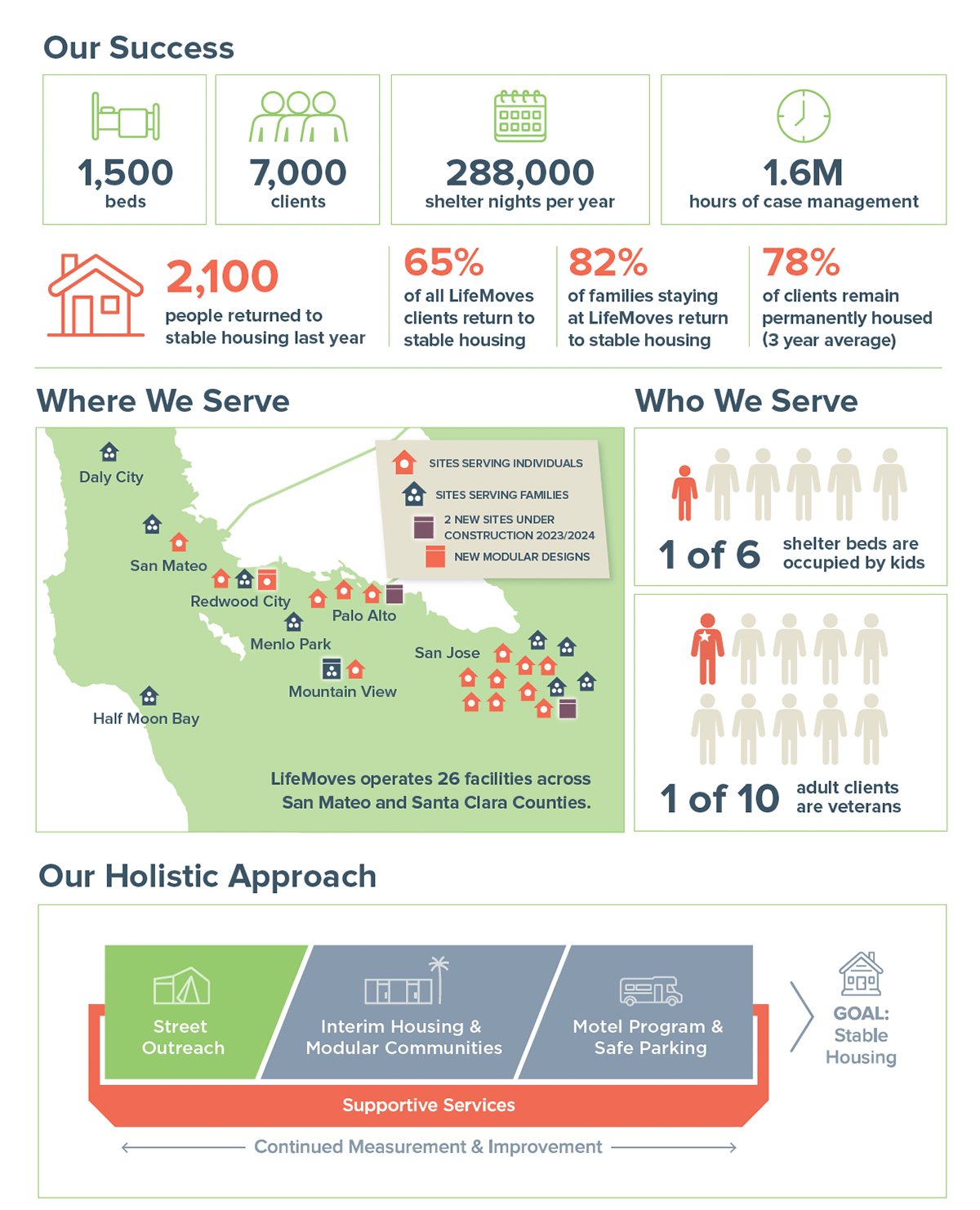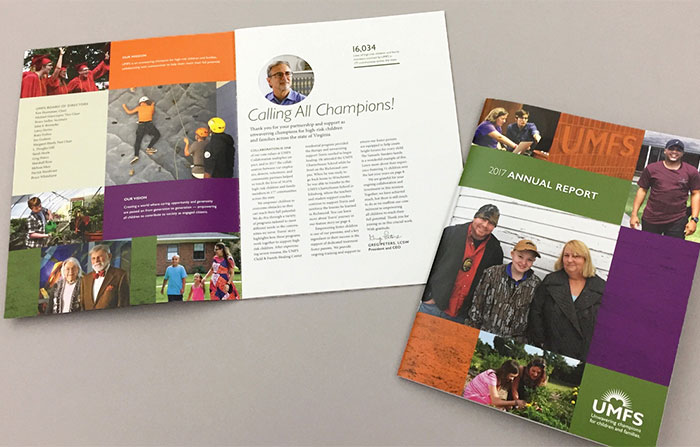Nonprofit Impact Reports
How to Create and Share Them

Imagine you’re a donor. You hear about a nonprofit’s cause, feel compelled to support it, and donate through one of the organization’s various fundraising methods. After clicking “Submit,” your work is done.
As a nonprofit professional, you know that this seemingly simple process is actually far from simple—it takes a lot to spread awareness of your cause, cultivate relationships with donors, and use their contributions wisely to drive your mission-centric tasks.
That’s why nonprofit impact reports are essential to building trust with donors and encouraging continued support. These reports detail your organization’s progress and achievements, bridging the gap between donors’ contributions and the tangible effects of your work. Let’s take a closer look at the steps your nonprofit should take to create your own impact report.
1. Plan and Prepare Your Materials
Foundation Group describes nonprofit bookkeeping as the first step your organization must take to prepare for every deep dive into your assets, including impact reports. Since the purpose of the report is to show how your organization turns donations into meaningful results, your bookkeeping data is the first place you should look.
Other than financial data, there are a few other elements most nonprofit impact reports include:
- Opening statement, which is a brief introduction at the beginning of your report
- Impact numbers, including key metrics and statistics that quantify your nonprofit’s achievements and impact
- Updates and announcements regarding significant developments in your nonprofit within the time frame covered by the report
- Stories and quotes from beneficiaries, volunteers, donors, staff members, board members, and other people deeply involved in your organization
- Visuals such as photos, videos, infographics, and charts used to demonstrate the power of your nonprofit’s work
If you need help determining what elements should be included, start by establishing the primary goals of the report based on your target audience. This will help you narrow down elements to include. Then, start gathering the data you’ll need to include. You may delegate data collection to a specific team to streamline the task. Be sure to establish clear deadlines for when all data should be consolidated.
2. Choose a Format
Next, use your data to gauge how long your impact report should be and how you’ll structure it. Organize each element into clear sections, such as:
- Introduction
- Activities
- Outcomes
- Financial data
- Stories
For example, consider the categories included in this example of a nonprofit impact report from LifeMoves:

This report breaks down Lifemoves’s activities into several categories: location, target population, approach, and results. In addition to using clear categories, the report uses infographics and illustrations to condense data points into an eye-catching summary.
As you begin sorting your content into their respective categories, you’ll begin to have an idea of the layout your report should follow. Use this outline to decide how you’ll format the report. For example, will it exist as a page on your website or a downloadable file?
When choosing a format, prioritize readability and accessibility. Remember, the goal is to break down your nonprofit’s complex activities into an easily digestible report. It should be well-organized so all readers can glean valuable insights.
3. Fill in The Details
With a basic plan in mind for what you’ll include and how you’ll structure your report, it’s time to start filling it in! Start with a compelling introduction to capture readers’ attention and clarify the purpose of the report, then dive into the data you want to share.
Treat your report like a window into your nonprofit’s behind-the-scenes work. For example, you might briefly explain what a 501(c)(3) is and how your organization is committed to maintaining that status. This helps donors better understand the way your nonprofit operates, which, in turn, will increase their trust in your organization.
Use cohesive language and branding throughout the report. Break down any industry terms and offer insights for each data point you provide. Saying that your program helped 7,000 people, for example, would be less significant to readers without the context that your program only reached 3,000 the year before.
4. Publish & Share Your Report
While it’s clear you should share your report with existing donors and stakeholders, you should also show it to prospective supporters. Use a variety of channels to share your report, including:
- Your website: Whether your report exists as its own page or is simply featured as a downloadable resource, connecting it to your nonprofit’s website is vital to directing readers to learn more about your organization. For example, the activities of a private foundation will differ greatly from those of a public charity.
- Emails: Send your impact report to your email list using segmentation and personalized messages to pique interest. You may contextualize the report differently for volunteers, for example, than you would for major donors. Use snippets and quick highlights in the email to encourage recipients to read through the report.
- Social media: Make your report stand out on social media by recapping key findings and impactful statistics in visually appealing ways across various channels. Post images, videos, and other visual elements included in your report to quickly capture followers’ attention and compel them to read the full report.
You can also encourage your community to explore the report by hosting a live webinar or event to go over the report’s data. For example, discussing a specific program’s performance, as summarized in the impact report, can help your team identify areas for improvement and show your community where you need their help the most.
While your nonprofit’s impact report is not a fundraising channel, it still holds immense power to compel readers to give. Approach the report as a story in which your supporters are the heroes—at the end of the day, they’re the ones who made your accomplishments possible. Don’t be afraid to include calls to action throughout your report to remind readers that their involvement is still needed.





